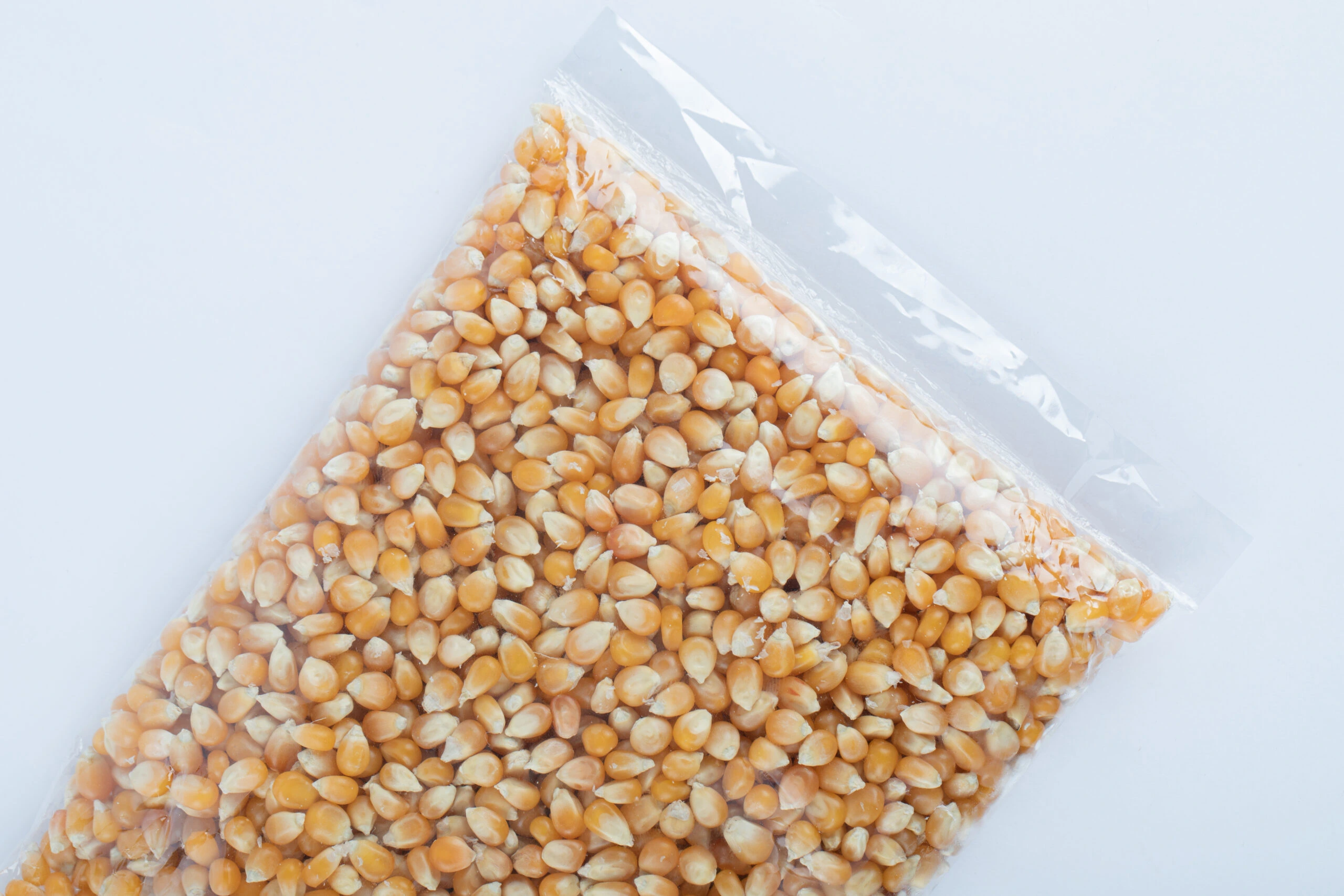More than 176 million people in Sub-Saharan Africa depend on maize-based agriculture for food security and economic well-being. However, climate change, drought, heat, pests and diseases have increased the risk of crop failure for farmers in the region.
To help these farmers fight crop failure and ultimately improve their livelihood, the International Maize and Wheat Improvement Center (CIMMYT) and the International Institute of Tropical Agriculture (IITA) have launched the Stress Tolerant Maize for Africa Project (STMA Project).
The goal of the STMA Project is to develop hybrid seeds that can tolerate the specific stresses that farmers face in each different African area. As part of the project, 70 hybrid seeds have been developed, including one that can handle the intense heat of the Southern Africa region; a seed called SAWA designed to withstand drought conditions; and a seed that can tolerate and produce yields in East Africa where they struggle with maize lethal necrosis.

AGG project maize leader and CIMMYT Zimbabwe Country Representative. “When there was a drought in a particular area, the farmers who had grown SAWA achieved more than 20% yields compared to farmers that have grown other improved hybrids. That is an advantage.”
Keeping Up with Seed Technology
One of the project’s most significant challenges has been the lengthy process required for making hybrid seeds, which involves subjecting seeds to artificial stress to see which ones produce grains repeatedly.
In addition, new seeds and breeding techniques are constantly being made as conditions change across the regions and new diseases or pests are found in maize crops.
“The challenge is it takes a long time to develop a hybrid maize seed,”
The scientists in these projects are looking at ways to shorten the time between developing the variety and reaching farmers.”

Progress in molecular plant breeding, genetics, genome selection and genome editing has been helping. Molecular markers, which identify specific characteristics or genes of a seed, are being used to predict which hybrids perform more accurately. These have been successful against diseases such as maize lethal necrosis, maize streak virus, corn rust and Turcicum leaf blight.
“I see a lot of work and a lot of resources being put into gene editing,”
“Where the countries accept these techniques, we are trying to work with them on special projects to encourage them to make sure they we are taught technologies such as genetically modified organisms. But this one is very tricky as it depends on the countries that we work with.”
To ensure they are producing the best seeds possible, the CIMMYT team collaborates with organizations worldwide to discover best practices and techniques.
“In Mexico, we have breeders there helping us to sift through the thousands of materials in gene banks to see which ones are useful that we can shift to Africa,”
“The same thing happens with our seed breeding programs in Asia. We have a program looking at drought, heat and disease there. They also share breeding techniques and materials that we use to speed up the work that we do.”
In Africa, a lot of training of national and private sector partners also takes place. Experts from different technological areas give lectures and provide in-the-field-based training to bring their partners up to speed on breeding technologies.
Room to Grow
Since the STMA Project was launched in 2016, it has benefited more than 6 million households and resulted in the production of more than 54,000 tons of certified seed.
But there is still a lot of work to do to get STMA to the point where they work with farmers in every African nation affected by climate change and other challenges.
“In STMA, we were working with only 12 countries, but Africa has almost 52 countries, and more than 30 of them depend on maize,” says Dr. Magorokosho. “The 3 million to 8 million hectares (7.4 million to 19.7 million acres) that we cover are just a tiny fraction of maybe the 30 to 40 million hectares of farmers that we really want to reach.”
